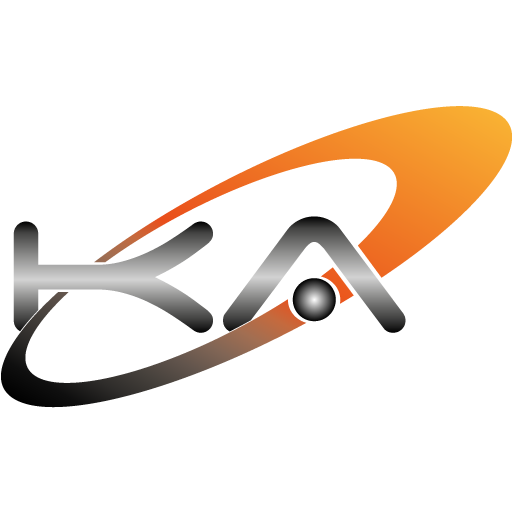
Power by the Hour Calculations (PBTH/PBH)
The first Power by the Hour (PBTH) engine maintenance program was first introduced by Rolls-Royce in 1962 covering their Viper engines, for the Hawker Siddeley 125 business jets. Under such a contract the engine manufacturer committed to provide replacement and maintenance of the entire engine, including its accessories, on a fixed rate per flight hour basis.
What is Power by the Hour engine maintenance?
The concept is easy, as the operator pays a certain amount for each hour that he flies on his engine and these funds go towards your future engine maintenance requirements. The main advantages of PBTH programs are mostly of financial nature.
Instead of a large cash burden at the time of the engine overhaul, the operator will pay for every hour flown on a monthly basis. This typically smoothens cash flow and allows for a better control of direct maintenance cost.

Why Power by the Hour aircraft maintenance?
There are several advantages of Power by the Hour engine maintenance programs:
- Reduced financial risk for the operator and the maintenance service provider
- Up-to-date Service Bulletins and Airworthiness Directives
- Reduced technical risk for the operator as unscheduled removals are typically covered by PBTH programs
- Superior ownership experience – with a PBTH program, the best value and pedigree of an asset is achieved especially during a resale. Repair and maintenance under a PBH contract truly make the ownership experience better.

Power by the Hour benefits
When the engine maintenance is organized under a PBTH, the maintenance service provider and the operator have a common goal, which is a long on-wing time. This ensures that during shop visits engines are built with high cycles remaining on Life Limited Parts.
Also, maintenance service provider offer quick and efficient technical support which usually is better compared to the support operators contracted under another form of engine maintenance receive, e.g. a Time and Materials Agreement.
If an operator is starting to use a new engine type or a new engine design is entering the market, a PBTH is a good way to assure an adequate technical support is provided.

How does PBTH work?
Probably the easiest way to introduce a Power by the Hour engine maintenance program to a fleet is to start the program with the introduction of the factory new engine (or aircraft) to the fleet.
It is also possible to introduce a PBTH program to a fleet of engines which aren’t new anymore. In this case the operator generally provides specific information, such as TSN, CSN, TSO, CSO, TSHSI, CSHSI, TBO or soft time TBO, tech records of past shop visits, LLP status, AD-note-status and SB-status etc. for each engine.
The operator also shares the expected duration for the PBTH program (normally 5 – 10 years) and provides a forecast on the flight profile, e.g. flight hours and flight cycles per year, region of operation and other information specific to the flight profile.
When entering a PBTH agreement, the operator should formulate a strategy which takes the following questions into account:
- What are the anticipated changes to the fleet or the flight profile during the agreement?
- Is there a change of airframe pending during or after the term of the agreement?
The maintenance service provider, or in a completive bid several maintenance service providers, then calculate a PBTH rate, which usually is the rate per flight hour to be charged to the operator by the maintenance service provider.
Termination of PBTH agreements
In general, PBTH agreements run through the contracted time span. An early termination of a PBTH agreement mainly occurs when one of the parties declares bankruptcy or under other special circumstances not foreseen at the time the agreement had been entered.
When entering a PBTH agreement, it is as important for the operator and the maintenance service provider to keep the end of the PBTH agreement in mind. Based on the commercial terms for a normal termination, PBTH agreements can be divided into open and closed agreements.
Open means that there is a reconciliation at the end of the agreement, meaning that amounts overpaid (positive balance: sum of all PBTH payments made by the operator is greater than the sum of the services charged to the program by the maintenance service provider) are reimbursed partly or in full to the operator and amounts underpaid (negative balance) have to be settled partly or in full by the operator.
In a closed PBTH agreement there is no compensation for a positive or negative balance at the end of the agreement, which bears risks for both parties.
Services related to PBTH agreements offered by Kabamba Aerospace
- PBTH calculations with our proprietary PBTH calculation software AHEAD
- Verify PBTH calculations and rates
- Management of PBTH bid processes on behalf of the engine operator
- Determination of key parameters when entering a PBTH program
- Review and negotiation of PBTH agreements with maintenance service providers or OEMs
- Borescope inspections of engines entering a PBTH program
